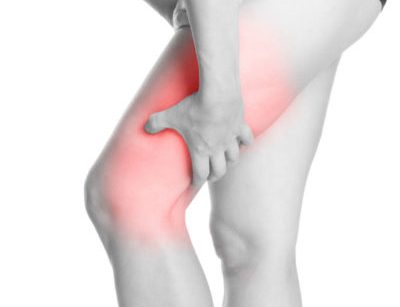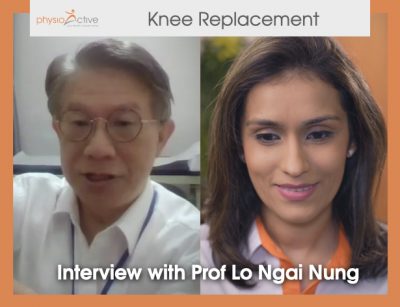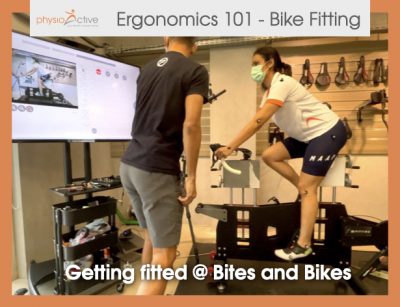Understanding Joint Pain: Causes, Treatments, and Long-Term Relief
Joint pains are a common condition affecting millions of people across all age groups. Whether it’s a dull ache or a sharp, debilitating pain, joint issues can significantly impact daily life and mobility. This article breaks down the root causes, effective treatments, and long-term strategies to relieve joint pain—featuring insights from leading orthopaedic specialists and rehabilitation experts.
Common Causes of Joint Pains
Joint pain can stem from a variety of underlying causes. The most frequent include:
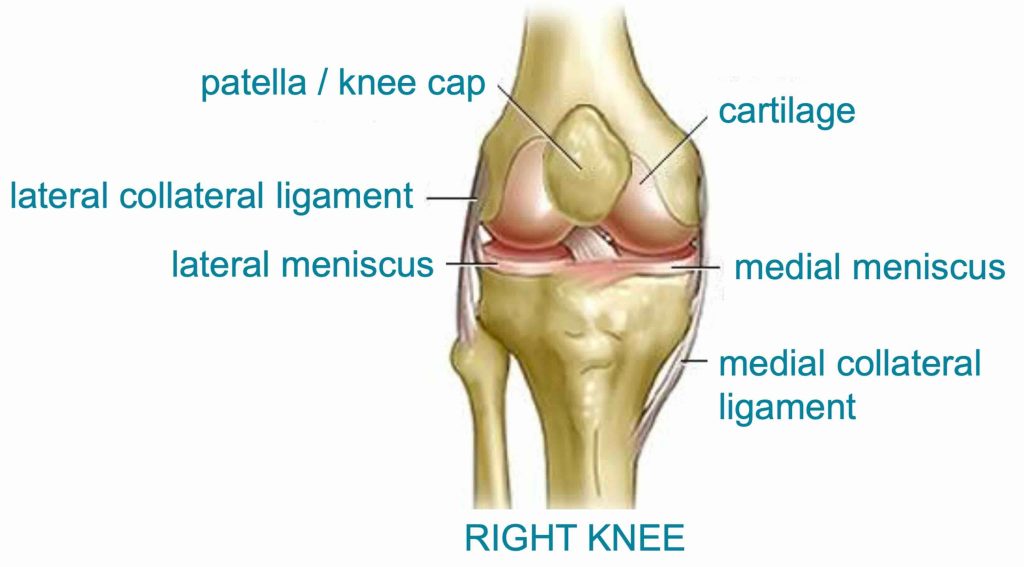
- Osteoarthritis: A degenerative condition that wears down cartilage over time.
- Rheumatoid Arthritis: An autoimmune disease that causes inflammation of the joint lining.
- Injury or Overuse: Sports injuries or repetitive movements can strain or damage joint structures.
- Gout: A buildup of uric acid crystals in the joints, commonly in the big toe.
- Post-Surgical Pain: Pain following joint replacement or arthroscopic surgery.
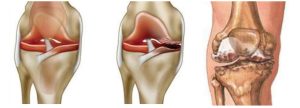
When to Seek Professional Help
While some joint discomfort may resolve on its own, persistent or worsening pain should not be ignored. Warning signs include:
- Swelling and redness in the joint area
- Stiffness that limits range of motion
- Joint instability or locking
- Fever accompanying joint pain (possible infection)
If you experience any of these symptoms, it is essential to consult with an orthopaedic specialist, such as those at the Centre for Orthopaedics.
Treatment Options for Joint Pain
Non-Surgical Interventions for joint pains
Many cases of joint pain can be managed effectively without surgery. Common conservative treatments include:
- Physiotherapy: Strengthening and flexibility exercises to support the joint
- Medication: Anti-inflammatories and pain relievers
- Injections: Corticosteroids or hyaluronic acid for temporary relief
- Lifestyle Modifications: Weight loss, activity modification, and ergonomic adjustments
At PhysioActive Indonesia, personalized physiotherapy plans are developed to target the specific root cause of your joint pain. See more about our services
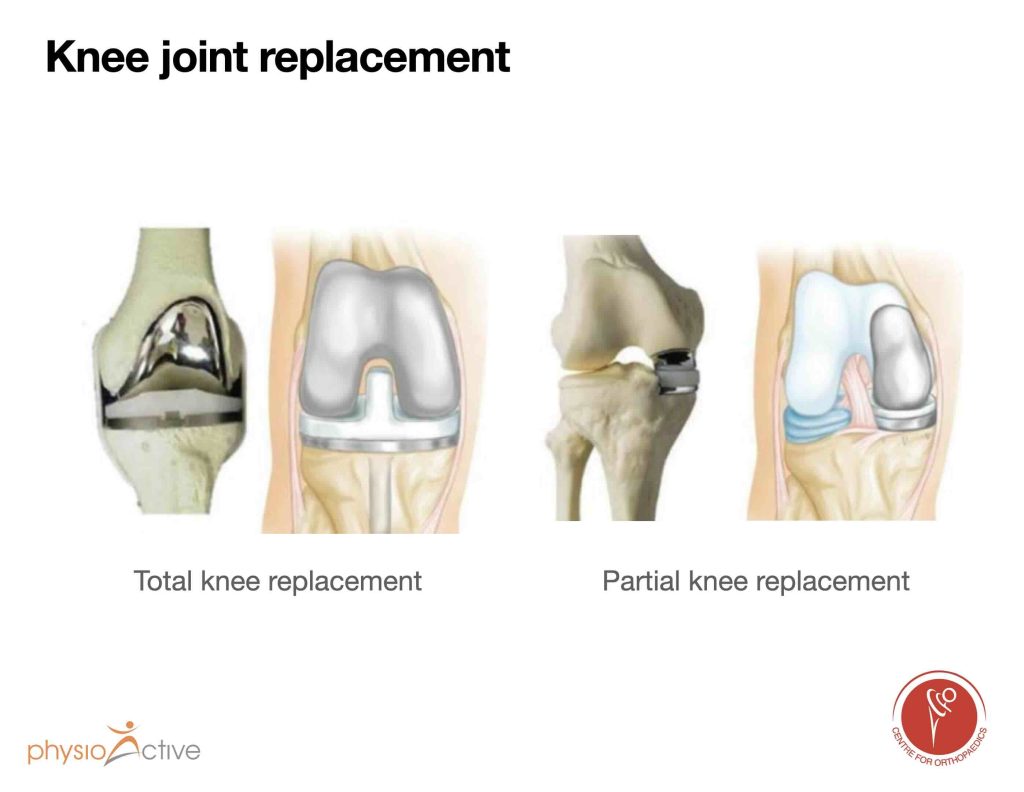
Knee Stages
When Surgery Is Needed
If conservative management fails or if structural damage is severe, surgery might be necessary. Common surgical options include:
- Arthroscopy for minor repairs
- Joint realignment (osteotomy)
- Joint replacement (partial or total)
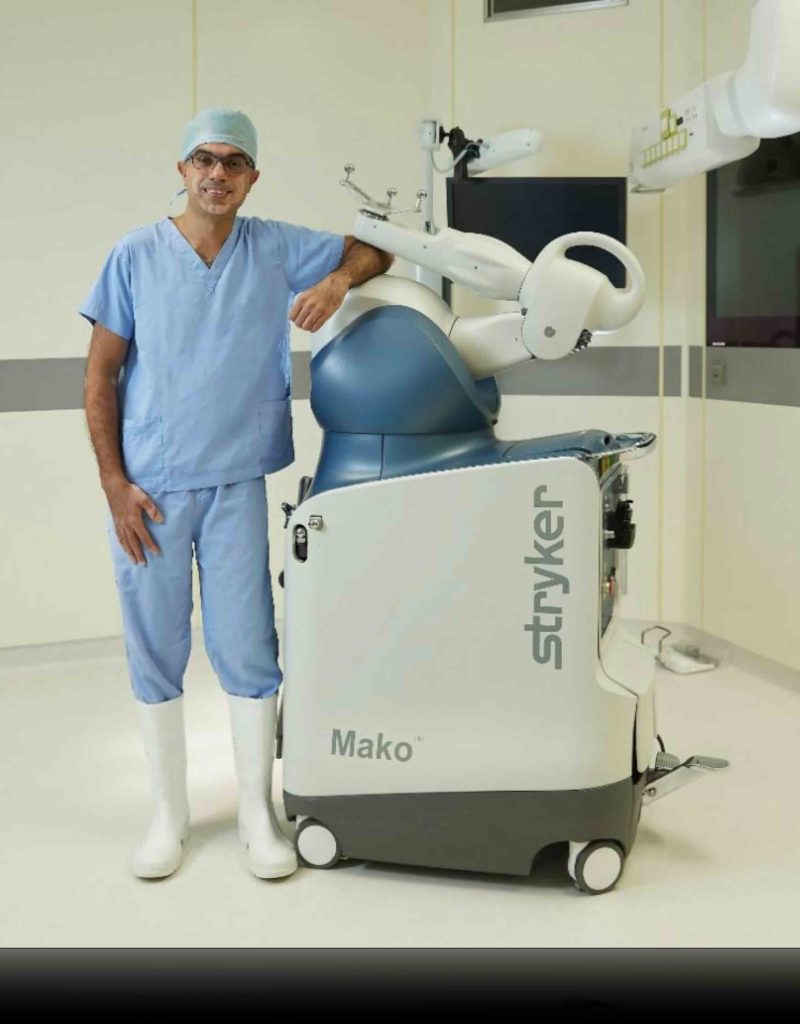
Dr Gurpal Singh
The Role of Rehabilitation in Long-Term Recovery
Rehabilitation plays a crucial role in restoring function, strength, and confidence after injury or surgery. A customized physiotherapy program can dramatically reduce recovery time and minimize the chance of future injury.
At PhysioActive Singapore, patients receive care rooted in evidence-based practices and tailored recovery goals. Our team collaborates closely with orthopaedic surgeons from OrthoSports Singapore to deliver comprehensive treatment.
Preventing Joint Pains in the Future
Proactive joint care includes:
- Staying physically active but avoiding repetitive overuse
- Maintaining a healthy weight
- Wearing supportive footwear
- Regular stretching and warm-up before exercise
For practical tips on managing your physical health, read our article on daily joint health maintenance.
Conclusion
Joint pain doesn’t have to control your life. Whether you’re an athlete, a senior, or someone recovering from injury, there are effective ways to manage and relieve pain. Early intervention, guided rehabilitation, and professional orthopaedic care can help you regain mobility and improve quality of life.
Contact Information
- Centre for Orthopaedics Singapore: https://www.cfo.sg | Tel: +tel:+6566845828
- PhysioActive Singapore: https://www.physioactive.sg
- PhysioActive Indonesia: https://www.physioactive.id | WhatsApp: +62 811 8197 975



